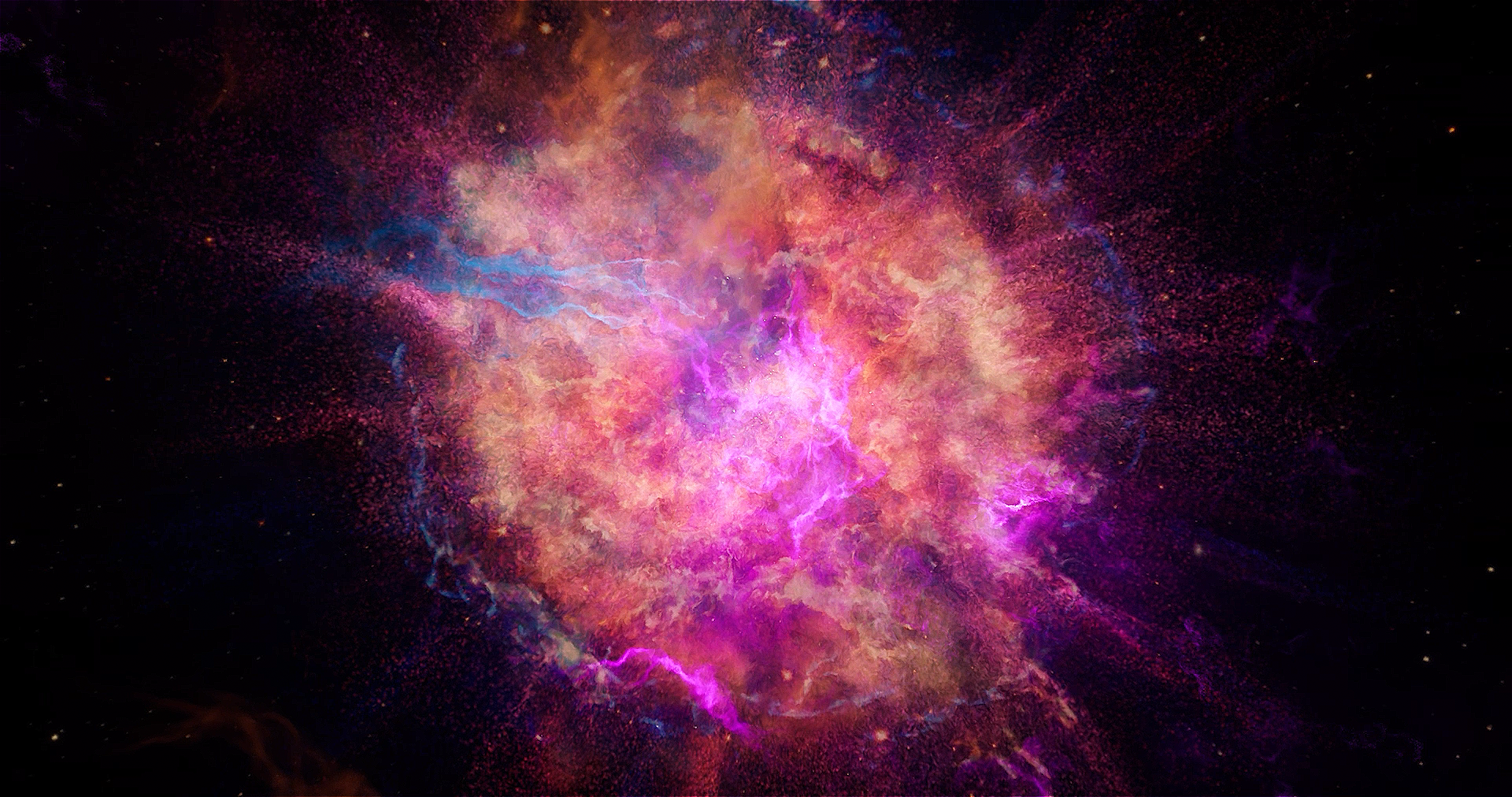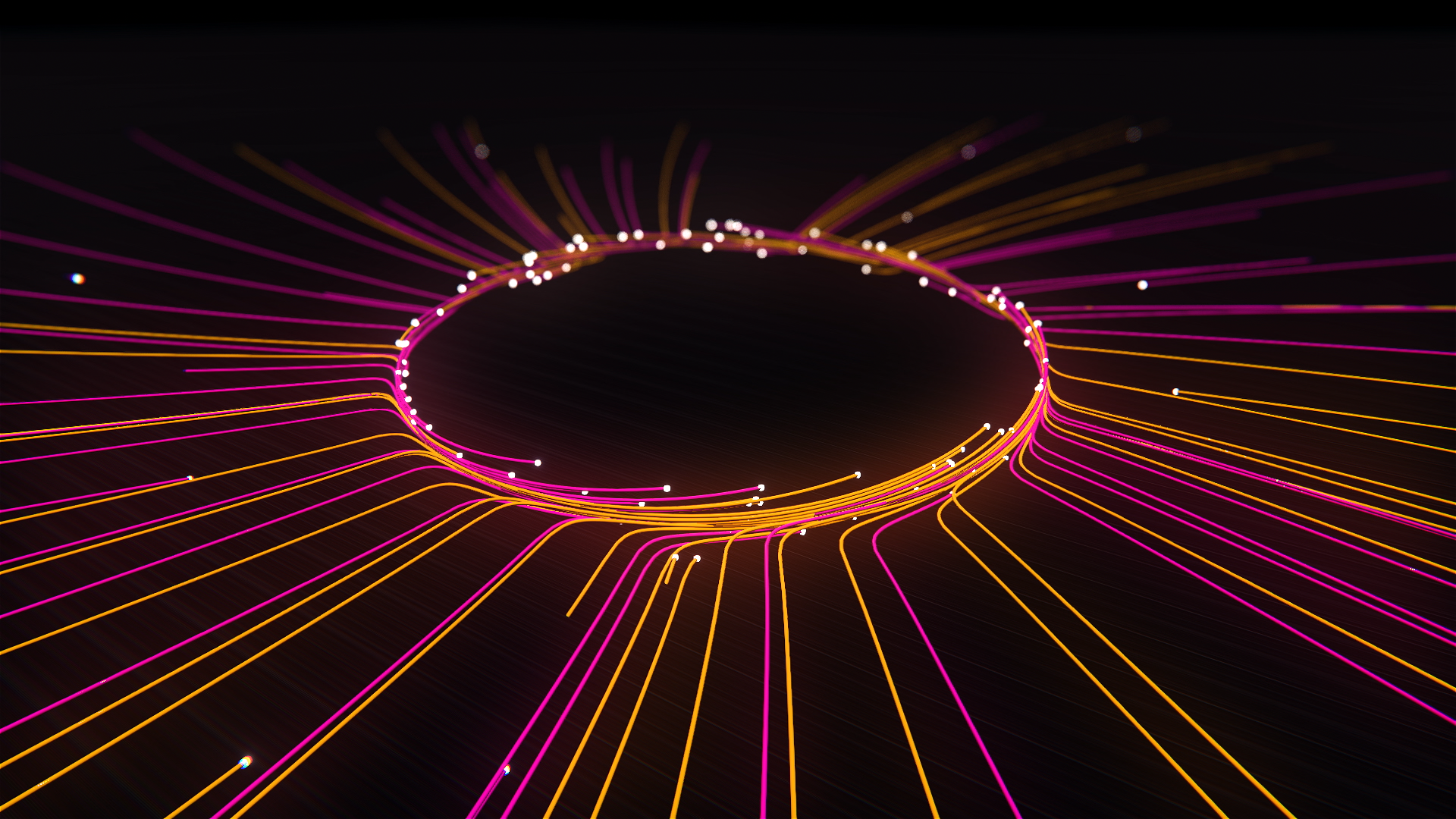










|| VFX SHOWCASE ||
|| VFX SHOWCASE ||
VFX digital art using Side FX Houdini and Redshift Renderer.
MORE VFX LOOK DEVELOPMENT:
Creative look development using Side FX Houdini, Unreal Engine.
VFX LOOK DEVELOPMENT FOR MUSIC ALBUMS:

|| Suspended CGI Short ||
Waterdrops fx system rendering. 2022
|| Suspended CGI Short ||
Waterdrops fx system rendering. 2022
Working on look development of particles using a mix of techniques including side fx houdini and unreal engine 5 for final lighting and composition. Experimenting with reflections and refraction on large volume of particles and dynamic forces.

|| Universal Studios ||
Project Year: 2020-2021-2022
|| Universal Studios ||
Project Year: 2020-2021-2022
CoMMERCIAL 3D ANIMATION FOR UNIVERSAL STUDIOS OrlandO & la 2021 :
RESPONSIBILITIES: CGI/VFX Supervision and direction, final lighting, rendering & compositing.
Worked as CG/VFX Supervisor for these amazing unique animation commercials done for Universal Studios Orlando and LA, in collaboration with Pixeldust Studios & Paintbox Labs. For this show we integrated CGI test dummy heads referred to as TIMs and composited on top of footage of actors dressed as crash test dummies, displaying digitally created expressions on the CGI as the TIMs enjoyed the new theme park rides. We fabricated this super detailed 3d test dummy helmet with many intricate facial expressions in Autodesk Maya. These helmets were then 3D printed and equipped with tracking markers and then worn by actors on-site. Then our rigger replaced these 3D-printed practical helmets with CGI heads animated with expressions capturing the actor’s emotions and dialogue.
Honored for this commercial to be featured during the Superbowl 2022 and Olympics 2022!
Most initial and essential step was to seamlessly 3d track the practical helmet heads using the power of Foundry Nuke. In addition to CGI integration, lipsync animation of the TIM helmets was keyed as they voiced their reactions through the rides. Camera data was mirrored inside Nuke for all plates and thus achieved an accurate match of 3D rendered helmets. For a special ride shot splashing through water, in addition to tracking the heads, animated bubble drops and water sprays tracked on the surface of the TIM helmets were integrated.
CGI integration into the footage with accurate lighting was key to pull this off and was made possible by efficient use of 360 HDRs captured on-site. Special rigs had to be built to capture 360 videos of the environment as the ride was in motion. We would later use the 360 photographic data as image-based lighting for rendering the helmets with Redshift inside Maya. This pipeline was crucial to the photo-real compositing of helmets and helped seamlessly match the lights and reflections onto the 3D helmet. Finally all 3D Redshift rendered helmets were composited back into Nuke on top of the original plates.
UNIVERSAL STUDIOS VFX BREAKDOWNS :
CoMMERCIAL 3D ANIMATION FOR UNIVERSAL HORROR NIGHTS 2000 :
RESPONSIBILTIES: CGI/VFX Supervision and direction, final lighting, rendering & compositing.
Worked as CG/VFX Supervisor for Universal Studios Halloween Horror Nights promotional video in collaboration with Pixeldust Studios & Paintbox Labs. The live action shots involved digitally creating an infinite hallway of terror behind ‘Jack the Clown’, and animating 3D tarantulas walking all over an unfortunate female prisoner’s body. The spider shots involved meticulously tracking the woman’s head and face in order to create the illusion of spiders crawling on her face and eventually, into her mouth. Nuke was obvious choice for hi-end tracking and final compositing of these shots, and Autodesk Maya + with Maxon Redshift to render the spiders’ hair. For lighting, hi-res 360 HDR’s of the practical environment shot on location was means for image-based light sources. This pipeline facilitated a more accurate integration of the spiders into the footage during compositing.
For the digital hallway extension shots, an extended matte painting was created based on the foreground footage of the hallway, and Nuke’s camera projection techniques on planar 3D geometry to accurately extend the corners of the walls. Camera tracking proved to be incredibly useful for these shots. Nuke’s efficient keylight systems also came to the rescue when it came to dealing with a complex green screen-keying of the foreground – namely, the clown’s hair and body.
CoMMERCIAL 3D ANIMATION FOR UNIVERSAL HORROR NIGHTS 2022 :
RESPONSIBILITIES: CGI/VFX Supervision and direction, final lighting, rendering & compositing.
This second Horror Nights project presented several challenges including a completely digital face replacement for live actors and complex environment enhancements. For a sequence featuring a horrifying grim reaper, a pair of menacing glowing eyes was added, complete with reflections around the eye, as well as an ominous fogginess around their centers.
In a particular scene where an actor is portraying the terror of having his soul sucked out of his body, A zombie-like skin decay effect was developed. Actors face was seamlessly merged with a 3D model of a zombie head over time to greatly augment the fear factor of this shot.
In addition, several realistic effects including cracking mirrors, blood dripping down the walls, and a ghastly overflowing sink full of bubbling blood was deployed!
HORROR NIGHTS VFX BREAKDOWNS :

|| Searching: Our Quest For Meaning: NOVA ||
Project Year: 2021
|| Searching: Our Quest For Meaning: NOVA ||
Project Year: 2021
For this show "Searching : A Quest for Meaning in the Age of Science" I worked as VFX Supervisor and developed a series of space CGI which was aired on PBS NOVA. These animations helped to illustrate several complex phenomenon and cosmic events. This program was produced at Pixeldust Studios. For this three hour program, we ensured scientific accuracy by working in close collaboration with renowned American physicist Alan Lightman and director Geoffrey Haines-Stiles. These animations included (but were not limited to) the formation of the stars and our galaxy, unimaginably powerful explosions, and a curious astral phenomenon known as galactic fountains.
Please check out show links at bottom of case study.
STAR FORMATION
For this star formation sequence, I was tasked with the challenge of visualizing thick gaseous regions inside galaxies, which collapse under their own weight, becoming dense and hot enough to create nuclear reactions. I utilized state of the art visual effects software Houdini to engineer the creation of the complex gas behavior required for this animation. With careful attention to detail, as well as a precise control over the motion of the particles which make up the animation, I was able to produce these complex photo-real 3D renders.
THE CHANDRA STAR DIGITAL RE-CREATION
NASA’s Chandra X-ray Observatory captured an iconic image of a supernova remnant known as Cassiopeia A. We were provided with these still images, in which different colors represent the various elements which are being spewed through space. i led the effort to transform these still images into a realistic animation which re-enacts this dazzling supernova. This animation captures the explosion in all its glory with a heightened sense of drama, all while remaining true to the original capture from NASA.
THE GALACTIC FOUNTAINS
Galactic fountains describe a large-scale cosmic event which is the result of multiple supernovas exploding at the same time, where gases shoot away from the galaxy (in this case, our Milky Way), and rain back down onto it. i utilized well-rehearsed visual effects techniques to simulate this complex phenomenon to scientific accuracy.
THE RED GIANT STAR
For the Red Giant I was tasked with simulating the expansion of a gaseous planetary star. Considerable effort was spent in ensuring the surface of the star was scientifically accurate. A sense of scale was also of critical value, since the great amount of negative space found in outer space can often lead to confusion as to whether the star is growing or the viewer is moving towards it. To over come this issue a sense of scale was achieved by utilizing a variety of camera angles, as well as including nearby planets which become engulfed in the red giant's expansion.
Throughout these series of space animations, I utilized the best available industry standards for carrying out the complex simulations required for accuracy. In order to engineer this complex behavior of gas matter at a very large scale, I developed vfx tools using Houdini. This vfx program offered precise control over the motion of the particles rendered as gases and was able to handle large volumes of particle simulation. For rendering we devised a pipeline where Houdini particle data would be piped into realtime rendering solution in Unreal Engine for speedier photoreal rendering of this level of complex animation.
SHOW LINKS:
This show is available to view on here:

|| KODAK: Prinergy On Demand ||
Project Year: 2022
|| KODAK: Prinergy On Demand ||
Project Year: 2022
KODAK: Prinergy On Demand
The primary goal of this project was to create a unique 3D animated world in which to explore and develop the five major pillars of the PRINERGY On Demand platform: Automation, Integration, Production Efficiency, Security, and Analytics & AI. These animated concepts would be used in digital media representing the product, on the web, in advertisements, social media, and more. This project was developed at Pixeldust Studios. I worked as VFX Supervisor for this project and engineered unique, intricate, challenging procedural VFX pipeline to produce dramatic animations that reflected KODAK's major pillars by creating complex animated graphics that would build the logo in an abstract 3D space.
After the art director/illustrator developed the Pillar logos as 2d elements, I created dynamic graphics to build them in 3D space. There were several creative challenges I had to overcome during the production of these animations, not least of which was taming the procedural animation elements, bending and warping them into the shapes required to build the intricate logos. Using cinematic camera motions, I managed to capture several unique angles of the abstract lines as they progressively grew over time. Special care was given to surface texture, reflections, and refractions, to make them appear tangible and real.
Responsible for all core vfx + look development and supervision at Pixeldust Studios using realtime RTX rendering pipeline in Unity HDRP and Side FX Houdini.
AUTOMATION
INTEGRATION
PRODUCTION EFFICIENCY
ANALYTICS
SECURITY
INITIAL PROTOTYPE CONCEPT ANIMATION

|| Jonbenet Title VFX ||
VFX glass breaking simulation and rendering for show “Jonbenet’s Mother : Victim or Killer”.
|| Jonbenet Title VFX ||
VFX glass breaking simulation and rendering for show “Jonbenet’s Mother : Victim or Killer”.
Worked as VFX Supervisor and developed glass breaking simulation using Houdini, look development & rendered in Maya-Arnold, composited in Nuke, for title animation for the show Jonbenet’s Mother : Victim or Killer.

|| CNA: City ReDesign : Singapore ||
Project Year: 2016
|| CNA: City ReDesign : Singapore ||
Project Year: 2016
3D DE-CONSTRUCTION OF BUILDINGS : TIME TRAVEL INTO OLD CITY.
Responsible for 3d de-construction effect using Maya nCloth and nParticle systems and dynamics.
Responsible for final lighting, shading and final compositing for all shots.
Software used: Maya, Solid Angle Arnold, and After Effects for compositing. Nuke for tracking.

|| Aliens Inside Us - Smithsonian Channel ||
Project Year: 2012
|| Aliens Inside Us - Smithsonian Channel ||
Project Year: 2012
Aliens Inside Us - Smithsonian Channel
Micro shots of multiple colonies of microbes living inside human body. Lighting, shading, rendering and final compositing. Animation showing how microbes attack and multiply inside the human body. Responsible for lighting, shading, rendering and final compositing. Supervised overall lighting, rendering for the show.

|| Fabric of the Cosmos- Multiverse/Space 2011 ||
Project Year: 2011
|| Fabric of the Cosmos- Multiverse/Space 2011 ||
Project Year: 2011
Fabric of the Cosmos - Multiverse, Space & Time Episodes - PBS/NOVA 2011
Responsible for design, look development and rendering of Multiverse worlds & space shots. NOVA:PBS

|| Space ||
Project Year: 2009-2011
|| Space ||
Project Year: 2009-2011
Space
Animation work for space related shows for Nat Geo & Discovery Channel.











































































































